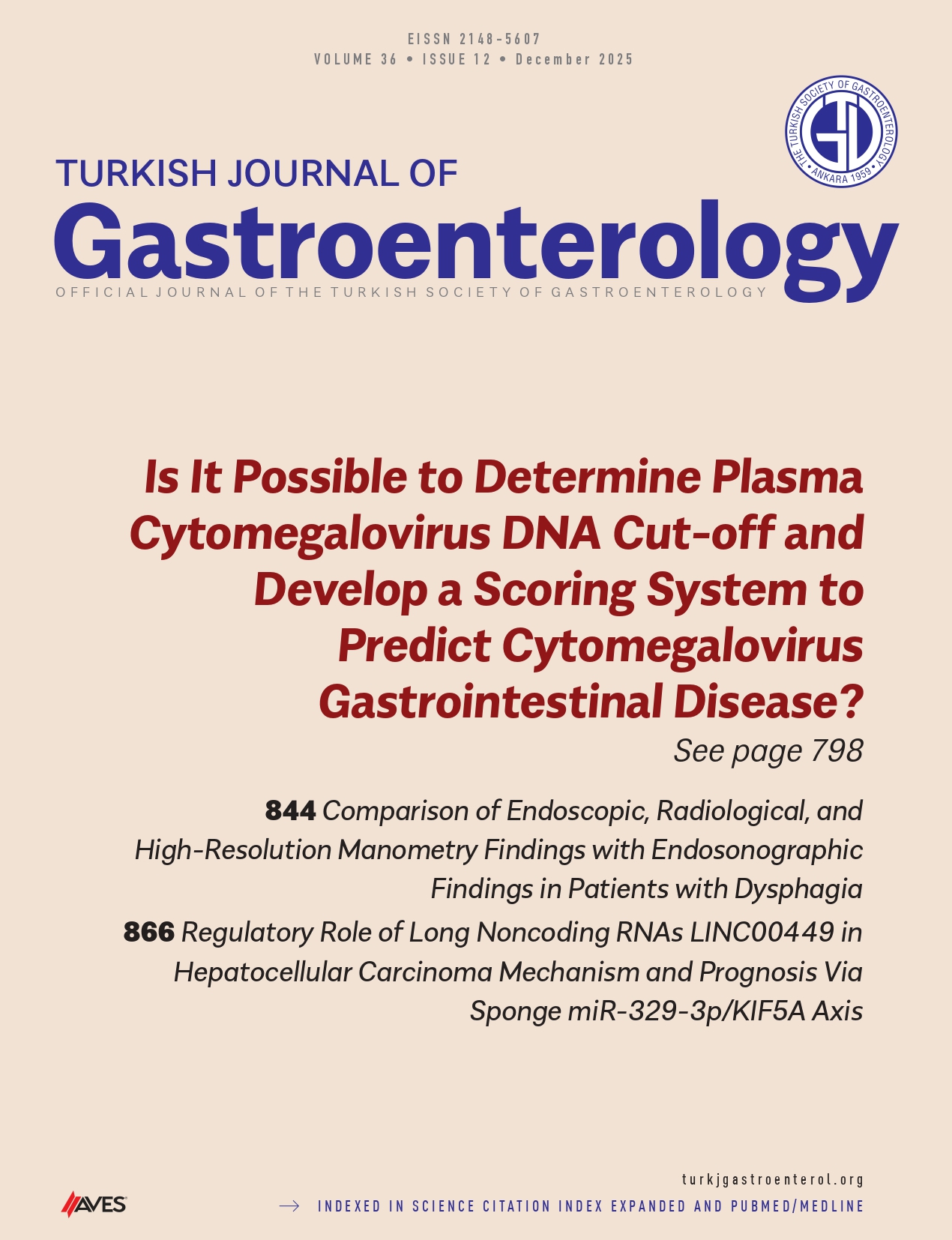Abstract
Background/Aims: We compared the predictive abilities of the Abbott Real Time hepatitis C virus (HCV) assay (ART) with those of standard serum HCV ribonucleic acid (RNA) detection methods in patients undergoing triple therapy, which involves treatment with a protease inhibitor combined with pegylated interferon and ribavirin.
Materials and Methods: In this study, 28 patients underwent triple therapy. The hepatitis C virus ribonucleic acid (HCV RNA) level of each patient was measured at weeks 0, 4, 8, and 12 after the initiation of therapy using the Roche COBAS AmpliPrep/COBAS TaqMan HCV assay version 1.0 (CAP/CTM v1.0) and ART.
Results: At week 8 after the initiation of therapy, the sustained virological response (SVR) rate among patients who tested negative and positive for HCV RNA using CAP/CTM v1.0, was 80.0% (20/25) and 33.3% (1/3), and using ART, it was 91.3% (21/23) and 0.0% (0/5), respectively. Although at week 8, the predictive capability of CAP/CTM v1.0 was 78.5%, ART was found to be a more accurate predictor of future SVR status with a rate of 92.9%.
Conclusion: These results indicate that the presence or absence of serum HCV RNA, evaluated using ART at week 8 after the initiation of therapy, may be useful for predicting therapeutic outcomes in patients receiving triple therapy.




.png)
.png)